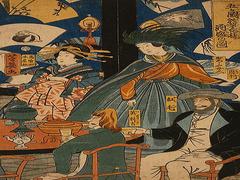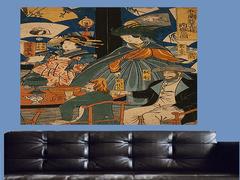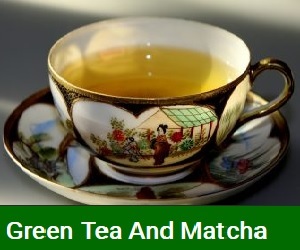Introduction
Japanese woodblock prints, also known as ukiyo-e, hold a significant place in the history of Japanese art. These intricate and vibrant prints are a testament to the artistic and cultural heritage of Japan. In this article, we will embark on a journey through time, delving into the captivating history of Japanese woodblock prints and their enduring impact on art and society.
Origins and Early Developments
The roots of Japanese woodblock printing can be traced back to the 8th century, influenced by Chinese techniques brought to Japan. However, it was during the Edo period (1603-1868) that ukiyo-e gained widespread popularity. Initially, ukiyo-e referred to the art of portraying the "floating world" of entertainment, pleasure, and the transient nature of life in urban areas.
The Emergence of Ukiyo-e Masters
In the late 17th century, ukiyo-e artists such as Hishikawa Moronobu and Kitagawa Utamaro emerged as pioneers, elevating woodblock prints to new heights of sophistication. Moronobu's works focused on courtesans, actors, and scenes from Kabuki theater, while Utamaro became renowned for his portrayals of beautiful women.
The Golden Age of Ukiyo-e
The 18th and 19th centuries witnessed the golden age of ukiyo-e, characterized by the works of masters like Katsushika Hokusai and Utagawa Hiroshige. Hokusai's iconic "Thirty-Six Views of Mount Fuji," featuring his most famous print "The Great Wave off Kanagawa," captured the imagination of viewers worldwide. Hiroshige's series "One Hundred Famous Views of Edo" showcased his remarkable skill in depicting landscapes and seasons.
Collaboration between Artists
Ukiyo-e prints often involved a collaborative process. Artists worked alongside woodblock carvers and printers to create these multi-layered works. While the artist conceived the design, the carver meticulously carved the image into blocks of wood, and the printer skillfully applied ink and pressed the paper onto the blocks, resulting in the final print.
Subjects and Themes
Ukiyo-e prints covered a wide range of subjects, including landscapes, historical events, mythology, legends, and scenes from everyday life. Courtesans, geisha, actors, sumo wrestlers, and famous landmarks were frequently depicted. These prints not only served as aesthetically pleasing artwork but also as a means of mass communication, disseminating information and entertainment to the public.
Influence on Western Art
During the 19th century, ukiyo-e prints captivated Western artists such as Vincent van Gogh, Claude Monet, and Edgar Degas. The flattened perspective, vibrant colors, and asymmetrical compositions of ukiyo-e influenced the development of movements like Impressionism and Post-Impressionism, leaving an indelible mark on the history of Western art.
Decline and Revival
With the advent of photography and the Westernization of Japan, the demand for ukiyo-e prints diminished, leading to a decline in their production. However, in the 20th century, there was a revival of interest in ukiyo-e. Artists like Kawase Hasui and Tsukioka Yoshitoshi contributed to the resurgence of the art form, adapting it to modern sensibilities.
Legacy and Preservation
The influence of ukiyo-e prints can still be felt in contemporary Japanese art and popular culture. Museums and galleries around the world showcase these exquisite prints, preserving their historical and artistic value. Additionally, efforts are being made to preserve traditional woodblock printing techniques and pass them on to future generations.
Conclusion
Japanese woodblock prints, or ukiyo-e, have left an indelible mark on the art world. Their rich history, intricate craftsmanship, and captivating imagery continue to inspire and enchant art enthusiasts worldwide. By delving into the origins, evolution, and legacy of ukiyo-e, we gain a deeper appreciation for this remarkable art form that reflects the essence of Japanese culture and artistic ingenuity.
- Unveiling the Artistic Process: Steps of Woodblock Printing
- Japanese Woodblock History - Ukiyo-e: The Floating World Unveiled - A Journey into the Artistic Splendor of Japanese Woodblock Prints
- The History of Japanese Woodblock Printing
- The Artistic Journey: Exploring the Rich History of Japanese Woodblock Prints
- The Birth of a Revolutionary Technique: Woodblock Printing and the Tang Dynasty
- The Innovative Legacy: How Woodblock Printing Led to Remarkable Inventions
- The Significance of Japanese Woodblock Printing: A Timeless Artistic Legacy
- Unlocking the Beauty: How to Identify Japanese Woodblock Prints
- Unveiling the Ancient Art: Exploring the Oldest Japanese Woodblock Print




